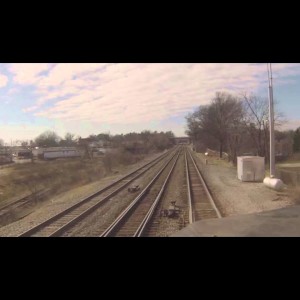
Get a firsthand look at the railroad projects being completed along the Raleigh-Charlotte corridor with federal and state funding for the Piedmont Improvement Program.
View this complete post...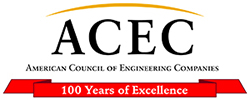

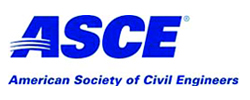




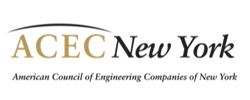
John Hennessy III,
P.E.


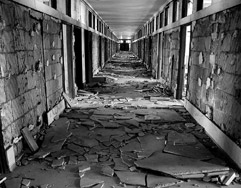
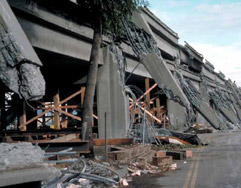


Get a firsthand look at the railroad projects being completed along the Raleigh-Charlotte corridor with federal and state funding for the Piedmont Improvement Program.
View this complete post...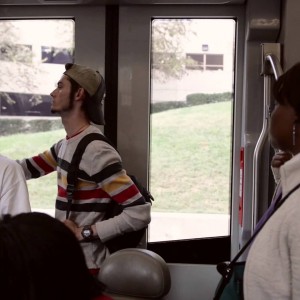
The LYNX Blue Line in Charlotte is a popular, effective transportation option for people who live and work in and around the Queen City. Since opening in 2007, the 9.3-mile rail line has served more than 15,000 passengers daily, taking citizens to jobs, education, and sporting events.
Now, the Blue Line Extension will add 9 miles to the system, expanding the state’s first light rail corridor from Center City to the University of North Carolina at Charlotte. The expansion will support economic growth in the city and offer even more ways to connect people with places, goods and services.
-NCDOTcommunications on YouTube
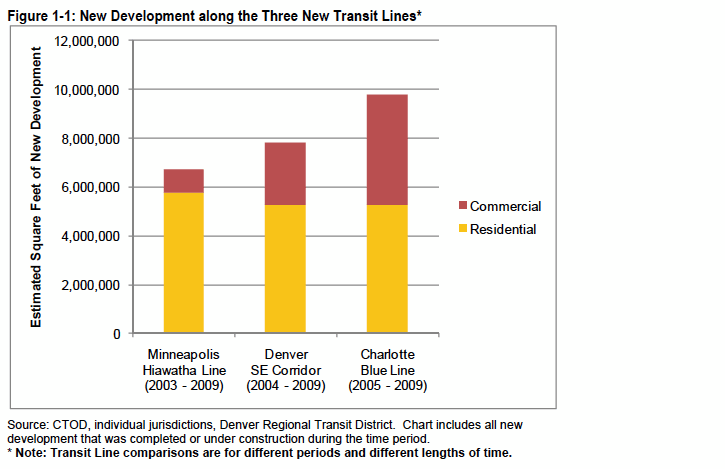
RECONNECTING AMERICA
This report documents real estate development patterns along three recently constructed light rail transit lines in the United States. This topic is important for local planning practitioners, transit agencies, community members and other stakeholders in their efforts to plan for new transit investments and foster transit-oriented development (TOD). Setting realistic expectations about the scale, timing and location of private investment along new transit lines is especially critical where new development is expected to help pay for needed transit improvements, neighborhood amenities, or other community benefits.
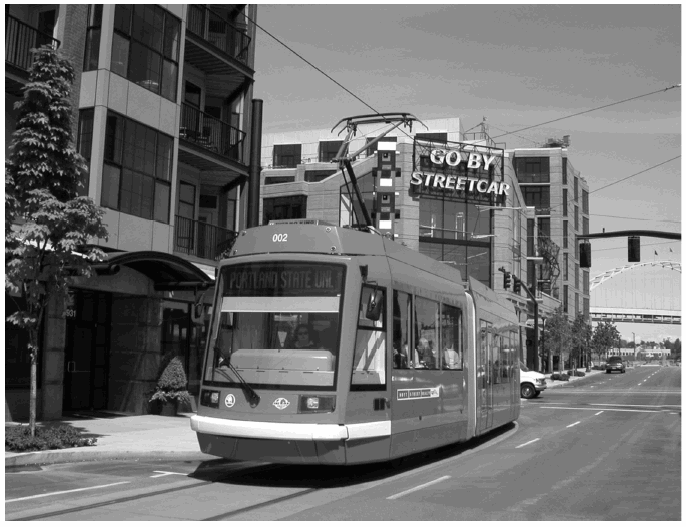
TRANSIT COOPERATIVE RESEARCH PROGRAM
In the past 20 years, numerous cities have planned and implemented new rail transit systems. This movement has coincided with other urban regeneration trends, bringing new life to urban centers and advancing strategies to manage growth that promote more efficient patterns of development. Various forms of heavy rail, light rail, and streetcar systems have been built, many with robust ridership and popularity, owing to a rediscovery of this form of transportation, as well as concerns about growing traffic congestion, volatile fuel prices, and climate change.
Follow InfrastructureUSA
Video, stills and tales. Share images of the Infra in your community that demands attention. Post your ideas about national Infra issues. Go ahead. Show Us Your Infra! Upload and instantly share your message.
Is the administration moving fast enough on Infra issues? Are Americans prepared to pay more taxes for repairs? Should job creation be the guiding determination? Vote now!
What do the experts think? This is where the nation's public policy organizations, trade associations and think tanks weigh in with analysis on Infra issues. Tell them what you think. Ask questions. Share a different view.
The Infra Blog offers cutting edge perspective on a broad spectrum of Infra topics. Frequent updates and provocative posts highlight hot button topics -- essential ingredients of a national Infra dialogue.
It is encouraging to finally see clear signs of federal action to support a comprehensive US infrastructure investment plan.
Now more than ever, our advocacy is needed to keep stakeholders informed and connected, and to hold politicians to their promises to finally fix our nation’s ailing infrastructure.
We have already engaged nearly 280,000 users, and hoping to add many more as interest continues to grow.
We require your support in order to rise to this occasion, to make the most of this opportunity. Please consider making a tax-deductible donation to InfrastructureUSA.org.
Steve Anderson
Managing Director
SteveAnderson@InfrastructureUSA.org
917-940-7125